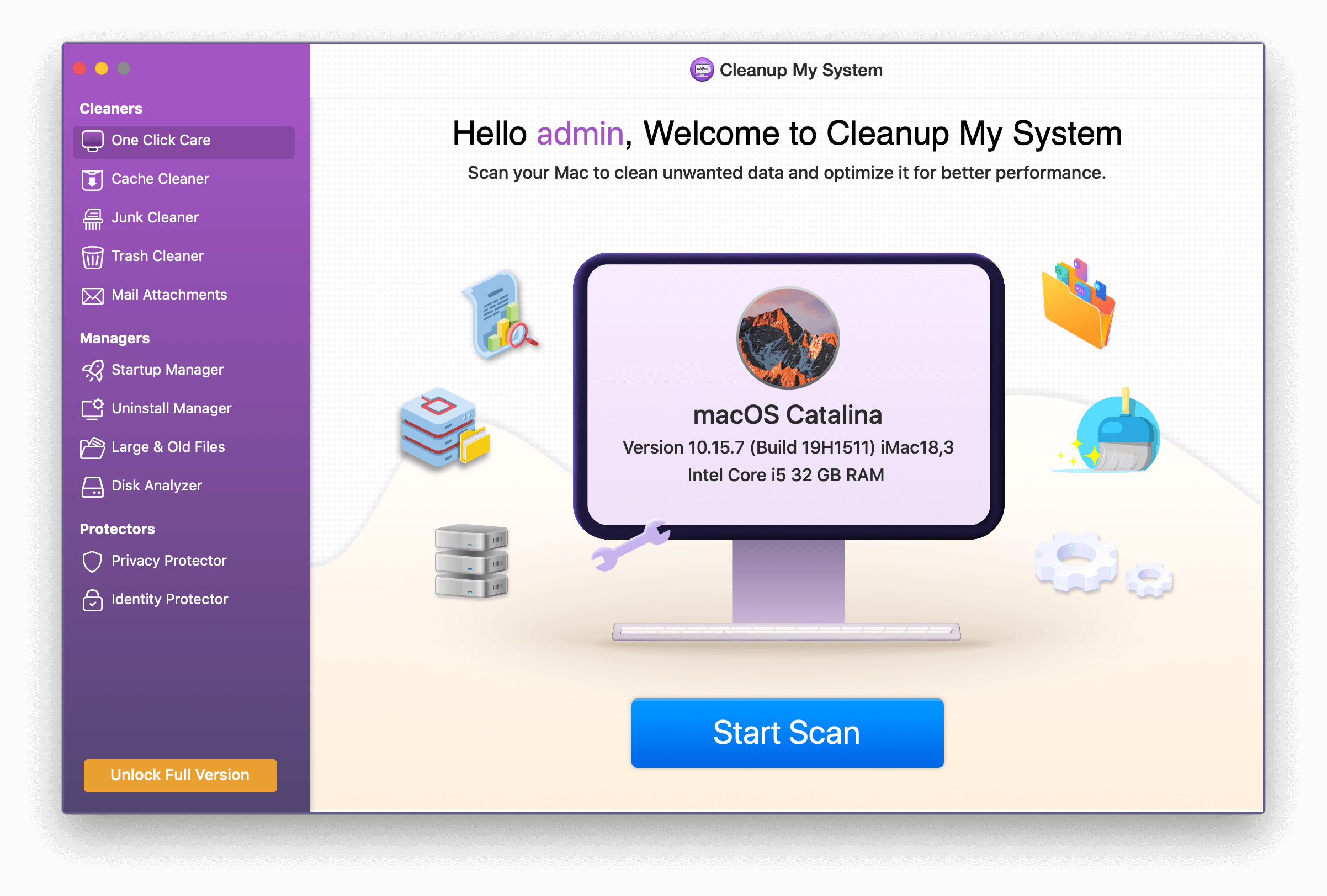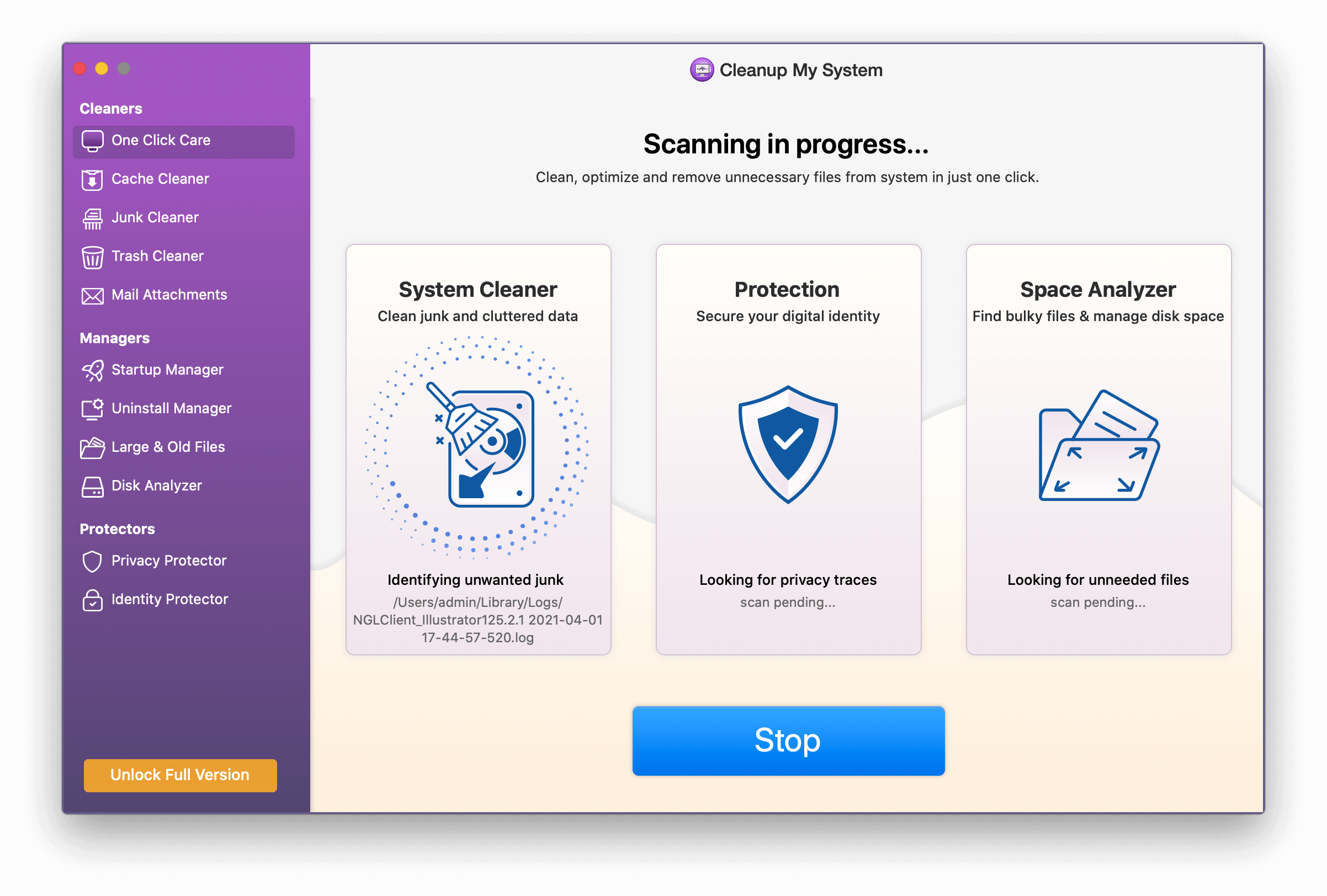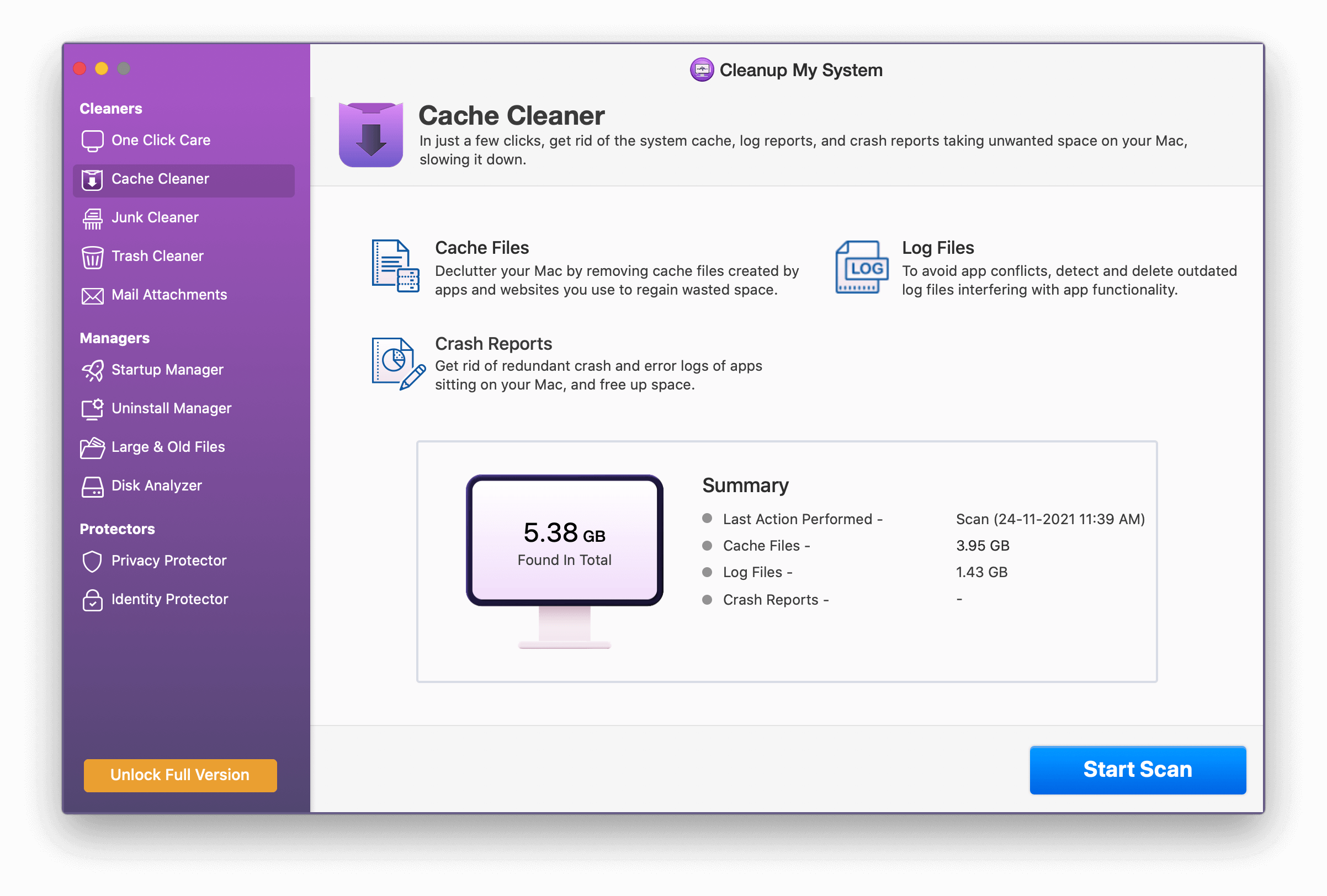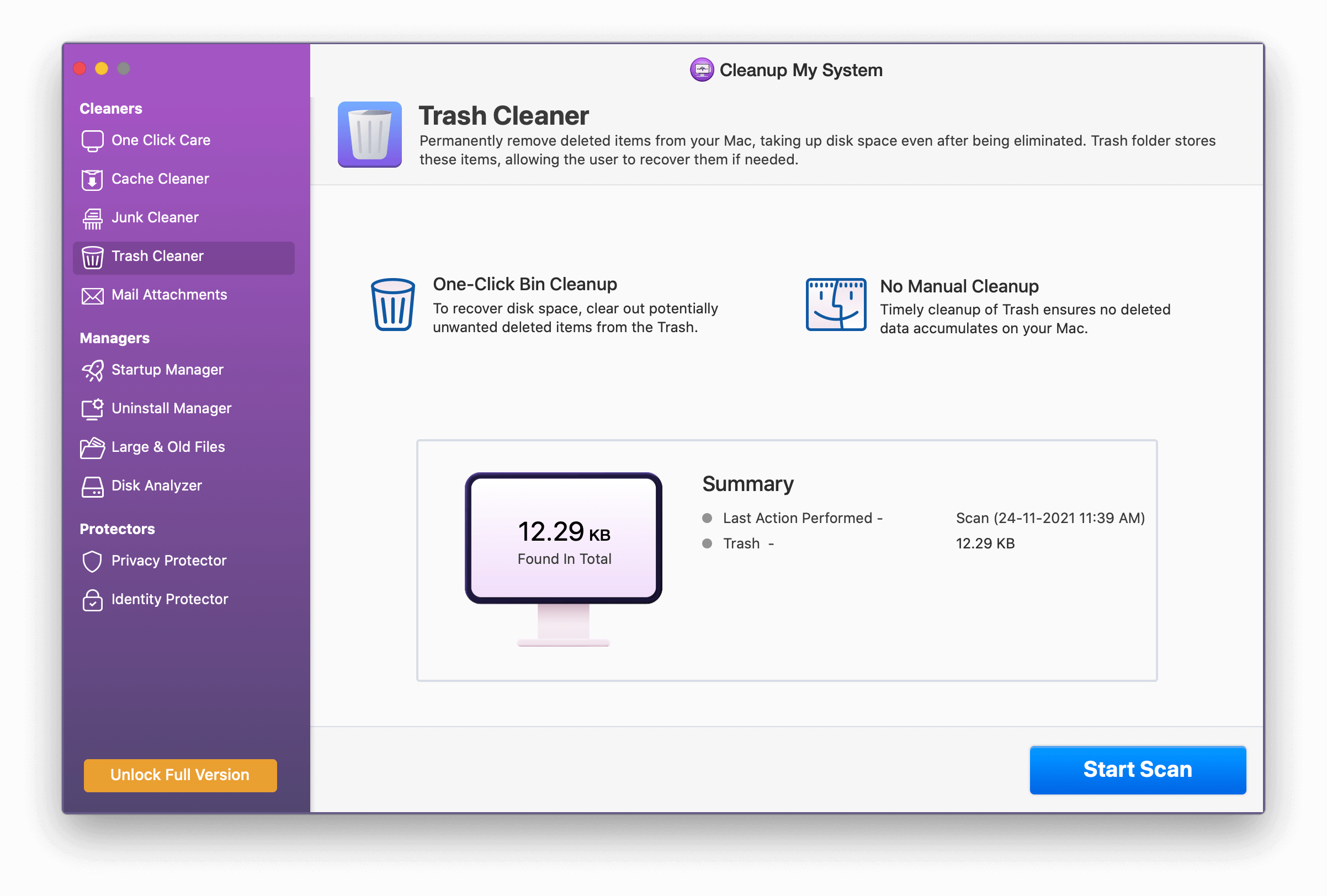Your Mac storage is labeled well for one to understand what type of files are cluttering up your Mac drive. The Mac bifurcates your storage overview among your Apps, Music, Movies, Audio, and Backup. Thus, you know what files are taking up larger space on your drive and what type of files and programs you need to shred to clear up some space for your Mac to breathe. But then there is one more bifurcation called Other. While we see how well Apple has labeled the storage overview on Mac, this one label puts up a fair question. What is Other in Mac storage?
While it is easier to get rid of unwanted files when you know their type. It becomes easier to search them, as most users have different folders for different file types. But how to delete “other” storage on Mac? It’s scattered across folders, and we have no idea what kind of files it is comprised of.
So, here we decode what is Other in Mac storage, and how to remove it from the system:
What is “Other” In Mac Storage?

The Other in Mac storage comprises files that do not fall in the category of any media file types such as pictures, videos, and audio files. Documents, temporary files, user, and system cache. These files are often denoted by a white document icon with that little fold on the top right corner. Besides documents and temporary caches, here are some of the other type of files that may be included in Other in Mac storage:
- Doc Files, PDFs, Presentations, and Spreadsheets.
- Support files for app configurations on Mac.
- Browser cache and chat database.
- Extensions for plugins and fonts.
- Compressed files such as zips and disk images.
These are all miscellaneous files that combine to form the Other folder on Mac storage. While some files are to be deleted carefully only after examining which documents are of users’ need. Others, such as browser cache and other junk files, can be removed from Other storage on Mac.
Since now we have a grasp of what Other in Mac storage represents in the entire Mac drive, let’s go through how you can get rid of Other storage on Mac.
How To Find Other Storage On Mac?
Although the files are categorized and placed on certain types of storage on the device, the files that do not fall into any of these categories go to the Other storage on Mac. It contains the miscellaneous files, which can be documents, audio, video files, etc. The reason it didn’t belong to any category can be simple as the file type mentioned is not clear, and this is the reason to be placed in Other Storage on Mac.
Not when deleting files from Mac to clear storage space, you must delete the contains of Other storage as well. To begin that, first, we need to locate the Other Storage on Mac. It is easily found on the Library of Mac where the applications and their folders are available.
How To Remove “Other” Storage on Mac?
It’s difficult to wipe the entire Other in Mac storage. Some of them are cache files that are supporting a program in the background. While other caches kept building up as we continue to use apps and browsers on Mac. But one can clean a significant chunk of that folder by implementing the right steps.
Let’s see how to get rid of Other storage on Mac, in the easiest manner:
1. Clear Other Storage on Mac by Removing Documents
Documents tend to take little space, but when they keep piling up, the Other folder in Mac storage. The large PDFs and eBooks take a comparatively larger area.
How you can find removing files and documents on your Mac?
Step 1: Go to This Mac.
Step 2: From the dropdown menu, select Other.
Step 3: From search attributes, mark File Size, and File Extension.
Step 4: Search for .pdf, .pages., .doc and other document extensions to list out the files.
Step 5: Mark and delete the ones not needed.
2. Get Rid of Other Storage on Mac by Removing Temporary System Logs
Your Mac creates a lot of system files and logs for every command you execute or any app you work on during a session. Now, these files remain useful for Mac, but they get outdated after a while. If they are not checked, these logs keep on piling up using your disk space and remain buried in the Other storage on Mac.
Deleting these files is a challenge itself. Firstly, you need to scour through folders to find them and then also ensure that you do not delete something of importance or use. There are two folder locations where you can find these files:
i) ~/Users/User/Library/Application Support/
ii) ~/Library/Application Support/MobileSync/Backup
The first location contains logs for applications you use on your Mac while the second one is your iOS backups dating back to god knows when. Locating these folders is easy though;

Step 1: Click on Go on the taskbar.
Step 2: Select Go To Folder and paste the path location.
However, Cleanup My System’s One-Click Care module scans your machine in a safer and faster way thus helping in deleting all the potential junk files in no time.
Step 1: Download Cleanup My System on your Mac. The application requires macOS 10.10 or later.
Step 2: Launch the Mac application > Click the Start Scan button under the One-Click Care module.

Step 3: Wait for the scan to finish.
Step 4: Thereafter, root out all junk files, system cache, log files, and other redundant and obsolete data that are listed by Cleanup My System. Hit the Clean Now button to complete the in-depth Mac Cleaning Task.

Well, that’s pretty much what you need to do to clean and optimize your Mac using Cleanup My System – Your One-Stop Destination to boost speed and overall performance!
3. Clear Other Storage on Mac by Removing User Cache
For instance, if you load a webpage, your browser would save a cache for it. So when you open up the webpage again, the browser would pull it from the cache and load it quicker than earlier. These are called browser caches. Similarly, cache files are created whenever you load an image or a file on your system, which are termed as user cache files. Now, these files help in running some things on your Mac a bit faster, but once piled up, it may take loads of space on the drive. To clear such caches:

Step 1: Head to Go>>Go To Folder
Step 2: Type location path – ~/Library/Caches
Step 3: Find the Cache folder in there and delete all the files in that folder.
Step 4: Empty Trash
Follow similar steps for cache files in folder locations – [/Library/Caches] and [~/Library/Logs]. But, in case it’s too much of a task, then consider using Cleanup My System to get the task done! It has a specific module called Cache Cleaner, which runs the scan to remove all the cache and log files along with the crash reports.

Another module Trash cleaner can be used to clear the Trash on your Mac.

Cleanup My System has multiple modules that can help to scan and remove junk files, mail attachments, trash items, caches, logs, and more. You can either use the One-Click Care module to scan and root out the browser and user caches as well in one go or use them separately.
As for other traces and information saved on browsers, the items and traces can be found under the Protector module. This is divided into two parts – Privacy and Identity Protector to remove passwords and other identity-exposing traces without any hassles. Again, a single-button clean-up clears out those traces as well, thus making up ample storage space on your Mac drive.
4. Remove Other Storage on Mac by Clearing Disk Images/Archives out the Drive
In order to remove unused or previously accumulated disk images:
Step 1: Open Finder.
Step 2: Search for DMG/ZIP files via the search bar.
Step 3: Select search: This Mac.
Step 4: Sort the results by file size and delete the ones taking up more space in Other storage on Mac.
Also Read: 7 Best Uninstaller for Mac to Remove Apps Completely This 2021
5. Remove Other Storage on Mac by Blocking Ad Content
Though caches from ads do not take much space on the “Other folder on Mac drive”, it can get piled up, causing issues in system speed. When you watch a video on your browser or stream music, there are advertisements published by many streaming sites. In order to have these ads load faster, the browser saves them in a cache as they are to appear mandatory. These cache files are stored in browser data itself.
Thankfully, Cleanup My System thoroughly scans and removes them to reclaim space and boost overall speed and performance on your Mac.
6. Delete Other Storage on Mac by Removing Screen Savers
Screen savers account for very little data on Other Mac storage, but for the sake of making more space, you can trash them in the bin as well. Finding and deleting Screen Savers to get rid of Other storage on Mac is quite easy. You don’t have to choose a specific one, but you can delete the entire folder without a second thought. Here’s what you have to do:

Step 1: Head to finder and click on Go to Folder
Step 2: Type file location – ~/Library/Screen Savers and click Go
Here, you can find all the screensavers. Just select all and trash them at once. You’ll find that they are very light and do not acquire any considerable space, but since they are of no use, they are not needed on your drive as well.
Since my Mac doesn’t have screensavers, the folder is empty.
Conclusion
The Other storage on Mac is scattered across different folders and is not easy to find. It takes a lot of time to delete specific files one by one. It gets more complex when you have to be careful while deleting them. Cleanup My System has got automated scanning modules that do the job much faster and more accurately.
It is a great mac cleaning software, which only removes junk from “Other storage” on Mac, which is of no use. It also scans the system for caches and logs from app usage and browser usage as well. All these temporary files combined sum up a large portion of Other storage on your Mac, which you can easily mark and delete. Since many apps and background processes continue cache building, you cannot delete Other storage on Mac in its entirety, but using these steps and the right tool like Cleanup My System could get your job done without hassle.
Download Cleanup My System Today!
Tell Us of Your Experience:
Let us know if Other storage on Mac has been troubling you. Use these methods and steps and tell us whether they helped you.



 Subscribe Now & Never Miss The Latest Tech Updates!
Subscribe Now & Never Miss The Latest Tech Updates!